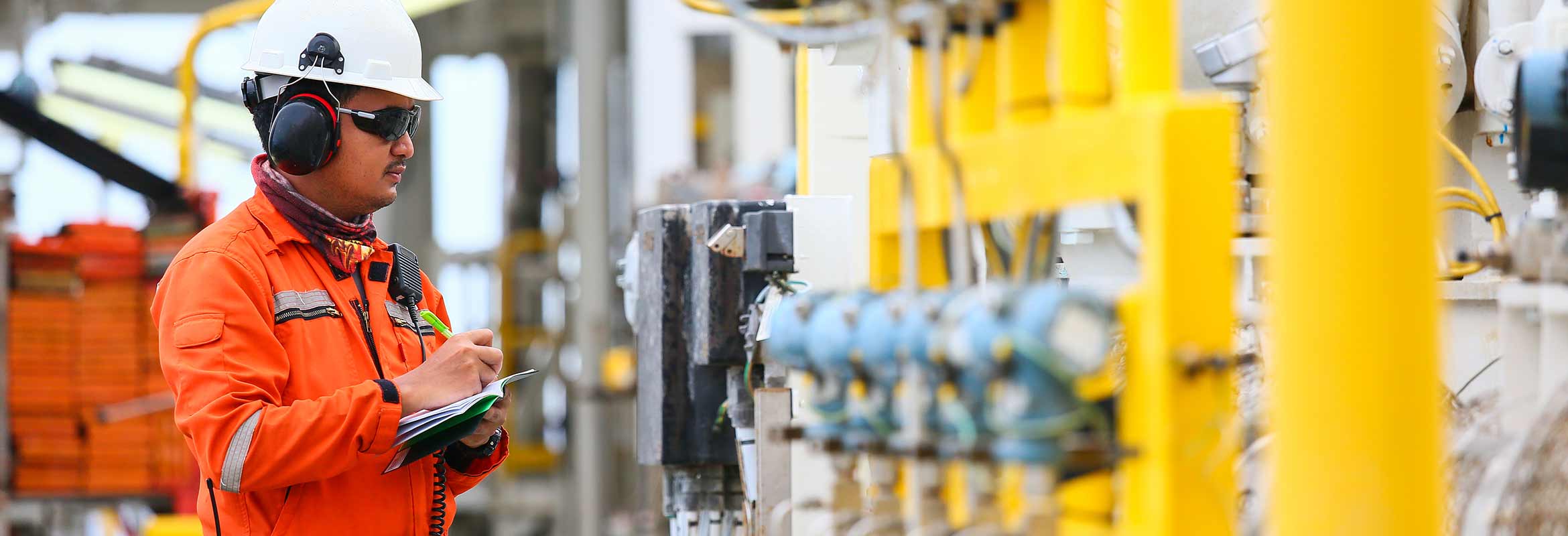Core has developed a suite of procedures which are based on IEC61508/11 which we can tailor to our Clients individual needs
The process of achieving functional safety must effectively address three distinct areas:
SPECIFYING: Safety integrity level (SIL) target
ACHIEVING: Design, construction, testing & validation to SIL target
OPERATION: Operation and maintenance in accordance with the SIL Target
For many Operators, the Specify (SIL targeting) phase is well executed but the Achieve and Operation phases can be poor. CORE can help assure all three areas are effectively executed and deliver true Functional Safety.
Approach
To facilitate the Functional Safety (FS) process Core has developed a suite of procedures which are based on IEC61508/11 which we can tailor to our Clients individual needs where required. We can provide guidance during every step of the Functional Safety lifecycle.
Core has FS experience covering a range of many different Clients needs, from assessing complete installations to small safety modifications and with Clients who have very well developed FS processes to those where these processes need putting in place. Our experienced consultants will provide guidance and advice on the best approach to take.

